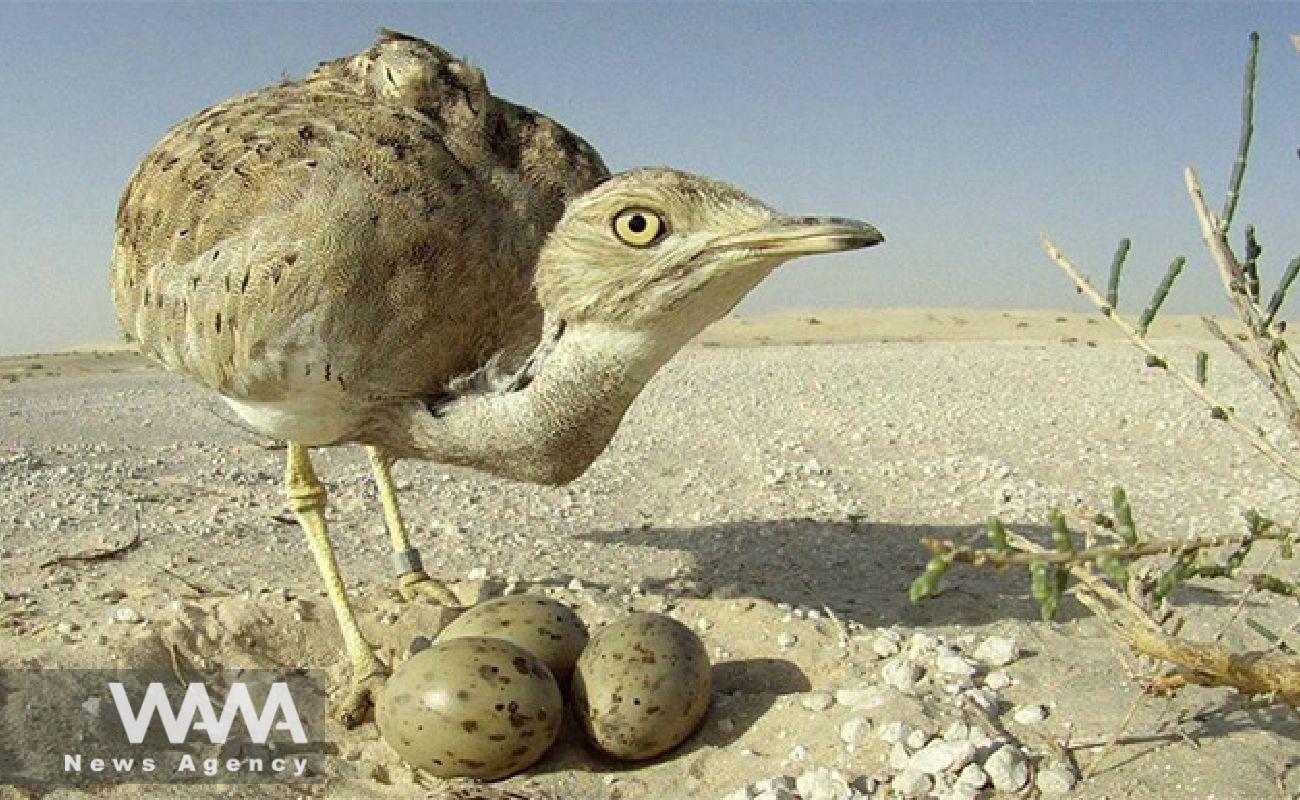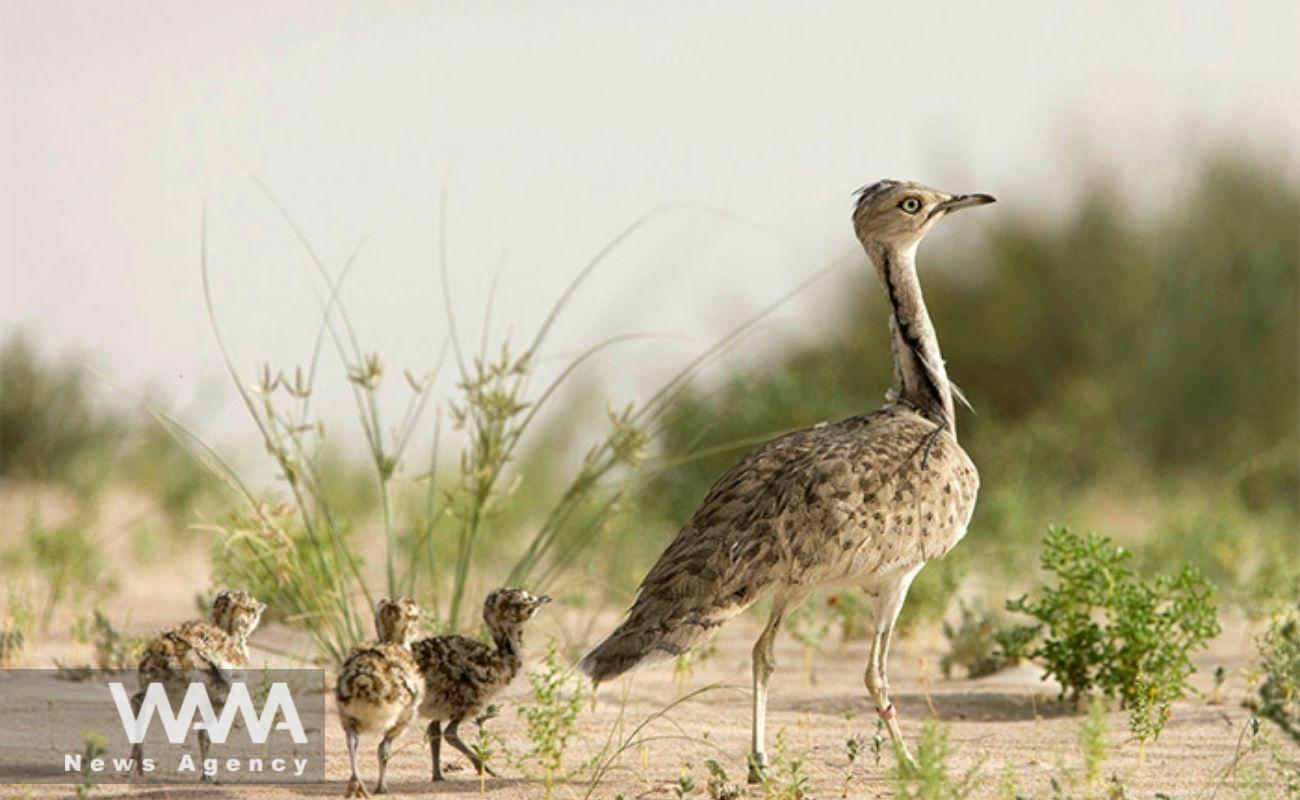Houbara Bustard: The Most Trafficked Wildlife Species in Iran
WANA (Feb 19) – The houbara bustard, a bird highly sought after by wealthy Persian Gulf Arabs for traditional falconry hunting, has become Iran’s most trafficked wildlife species. Every year, large numbers of these birds are illegally smuggled out of the country, with the United Arab Emirates, Qatar, and Saudi Arabia being the primary destinations.
Arab sheikhs regard hunting the houbara bustard with falcons as a demonstration of power and skill, fueling a lucrative black market for its illegal trade. Smugglers employ clandestine methods, such as capturing the birds alive and transporting them in specially designed boxes, to move them across borders undetected.

Iran’s Coastal Provinces: A Trafficking Hub
According to available records, the Persian Gulf states—particularly Qatar and the UAE—have the highest demand for the houbara bustard due to their long-standing falconry traditions.
Many of the birds captured in Iran’s central and eastern provinces are smuggled out through Bushehr and other southern coastal regions, making these areas hotspots for wildlife trafficking. As a result, authorities in these provinces report higher seizure rates of trafficked houbara compared to other parts of the country.
Conservation Concerns: A Declining Population
The International Union for Conservation of Nature (IUCN) has classified the houbara bustard as “vulnerable,” warning that habitat destruction, illegal hunting, and trafficking have led to a steady decline in its global population. While an exact count is unavailable, reports indicate that the species is facing significant threats across its natural range, which includes Iran, Pakistan, Afghanistan, and parts of North Africa.

The houbara bustard is native to desert and semi-desert regions of North Africa, the Middle East, and Central Asia. It is a medium-sized bird with long legs, an elongated neck, and brown-gray plumage that provides effective camouflage in arid environments. Known for its elusive nature, the bird is typically solitary or found in small groups, feeding on insects, invertebrates, seeds, and plant matter.
A migratory species, the houbara moves southward during the winter months. In Iran, both resident and migratory populations exist, with a significant portion of its habitat located on the Iranian Plateau.
With the continued decline of this species, conservationists warn that without stricter enforcement and international cooperation, the illegal trade in houbara bustards will persist, further threatening their survival.












